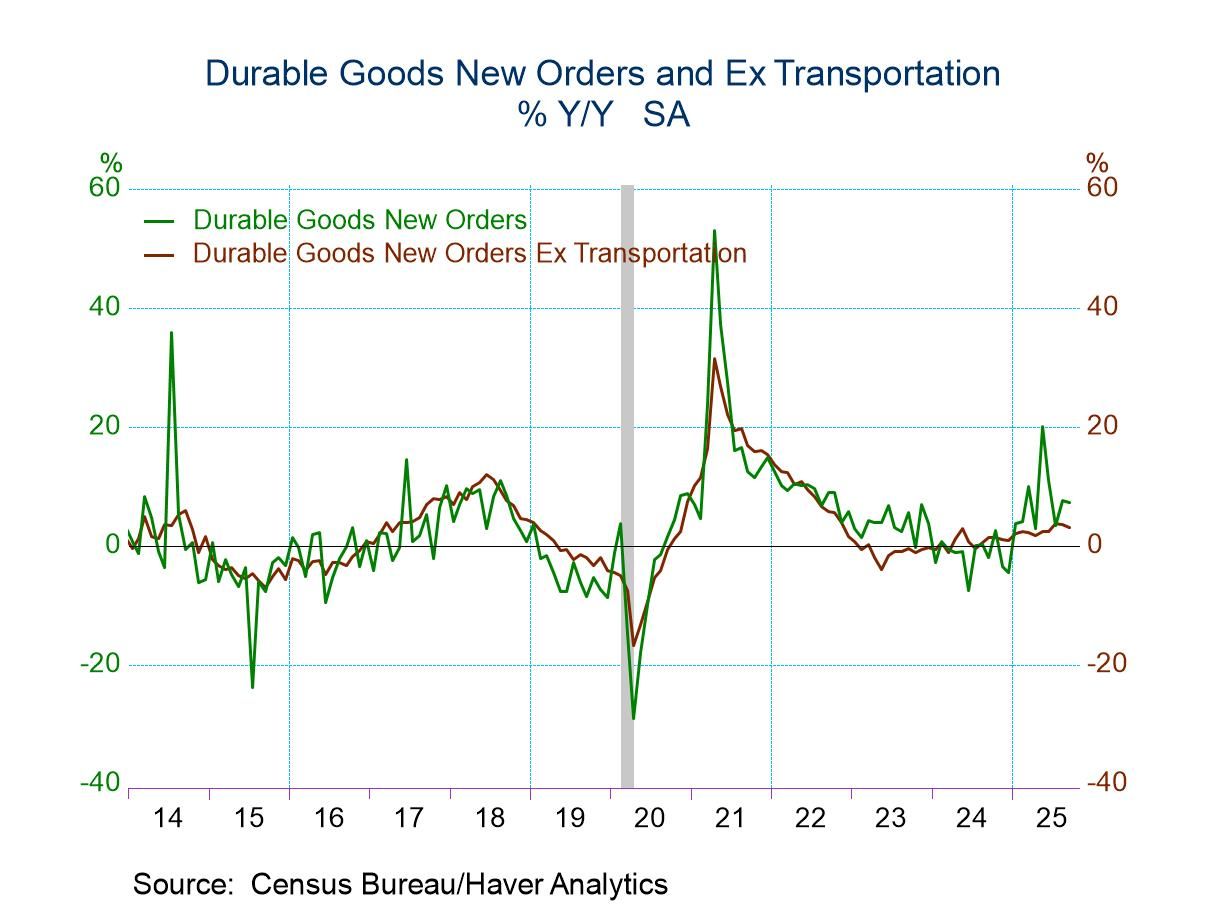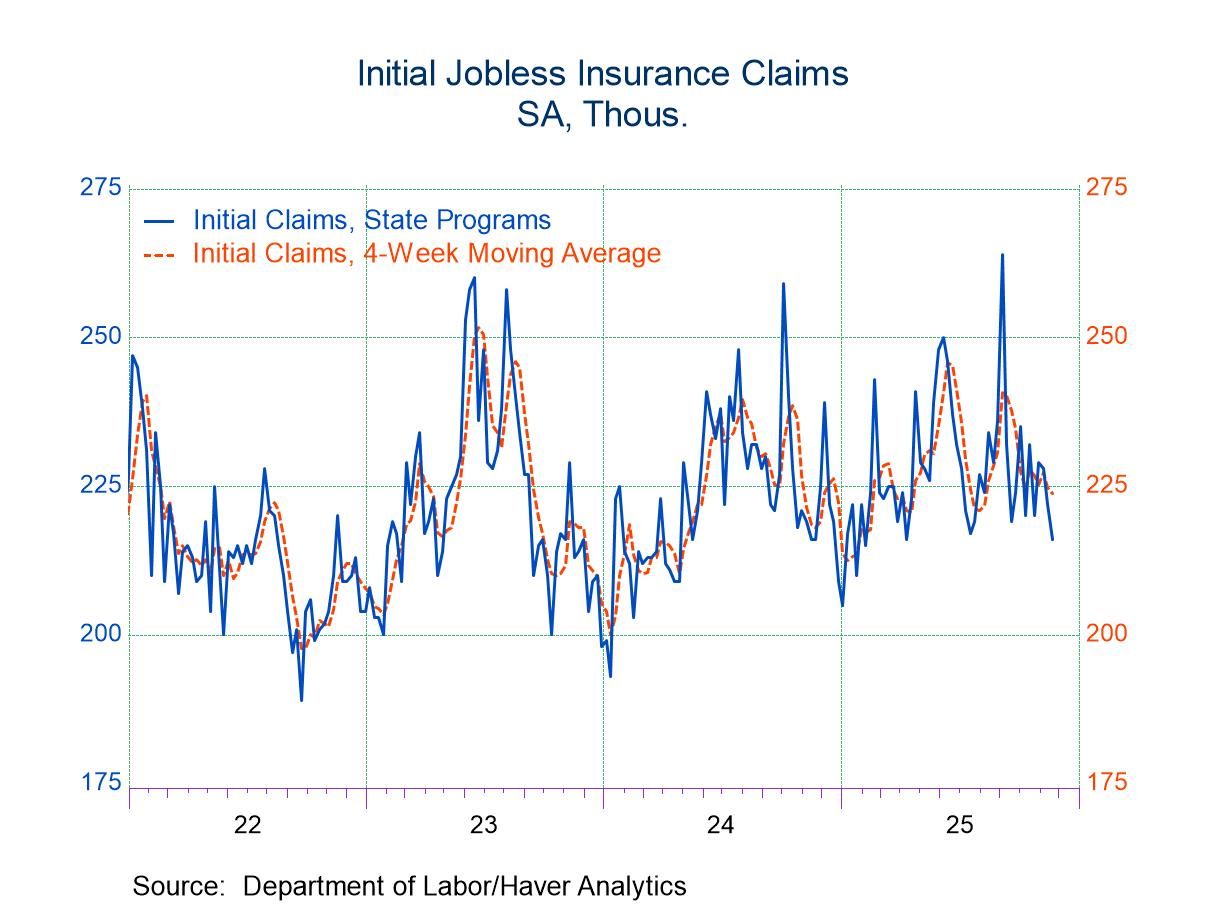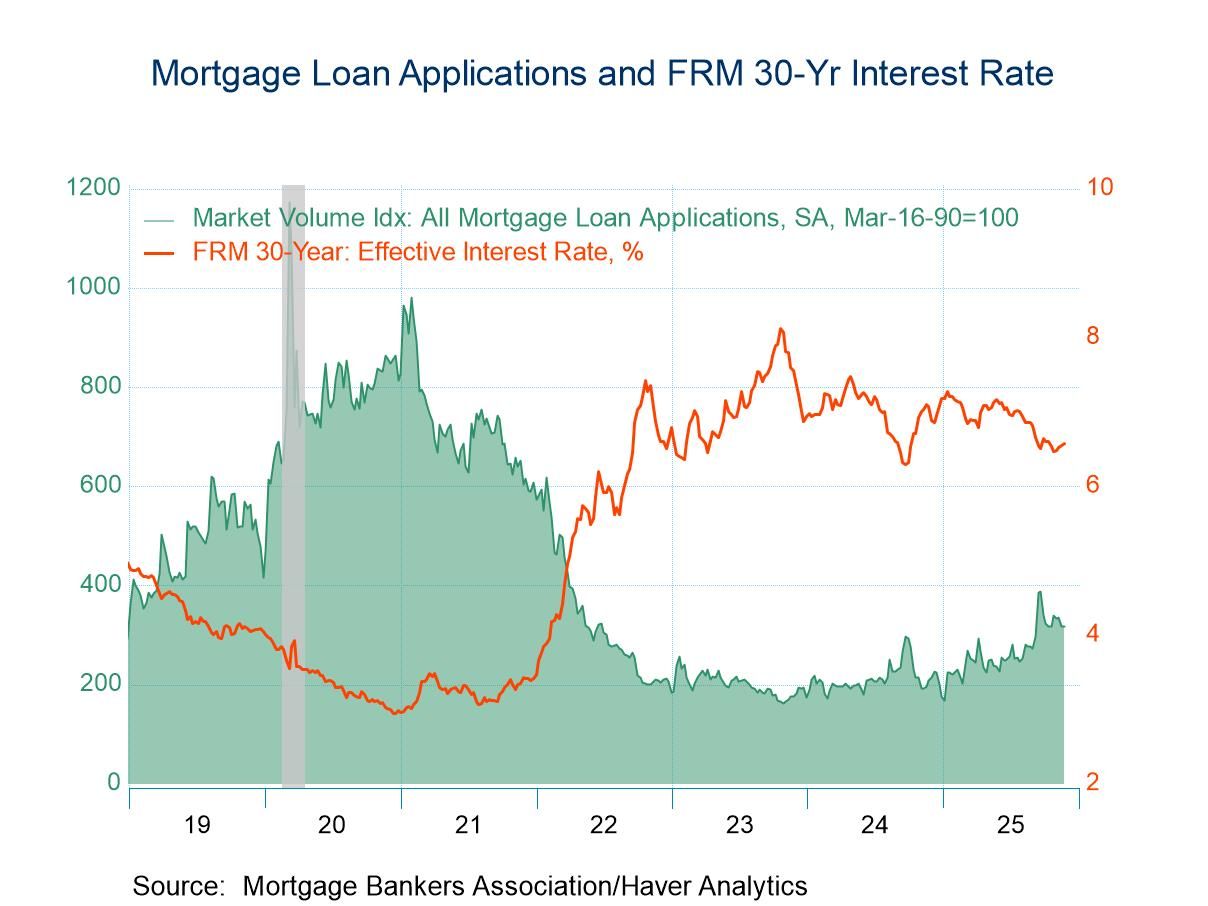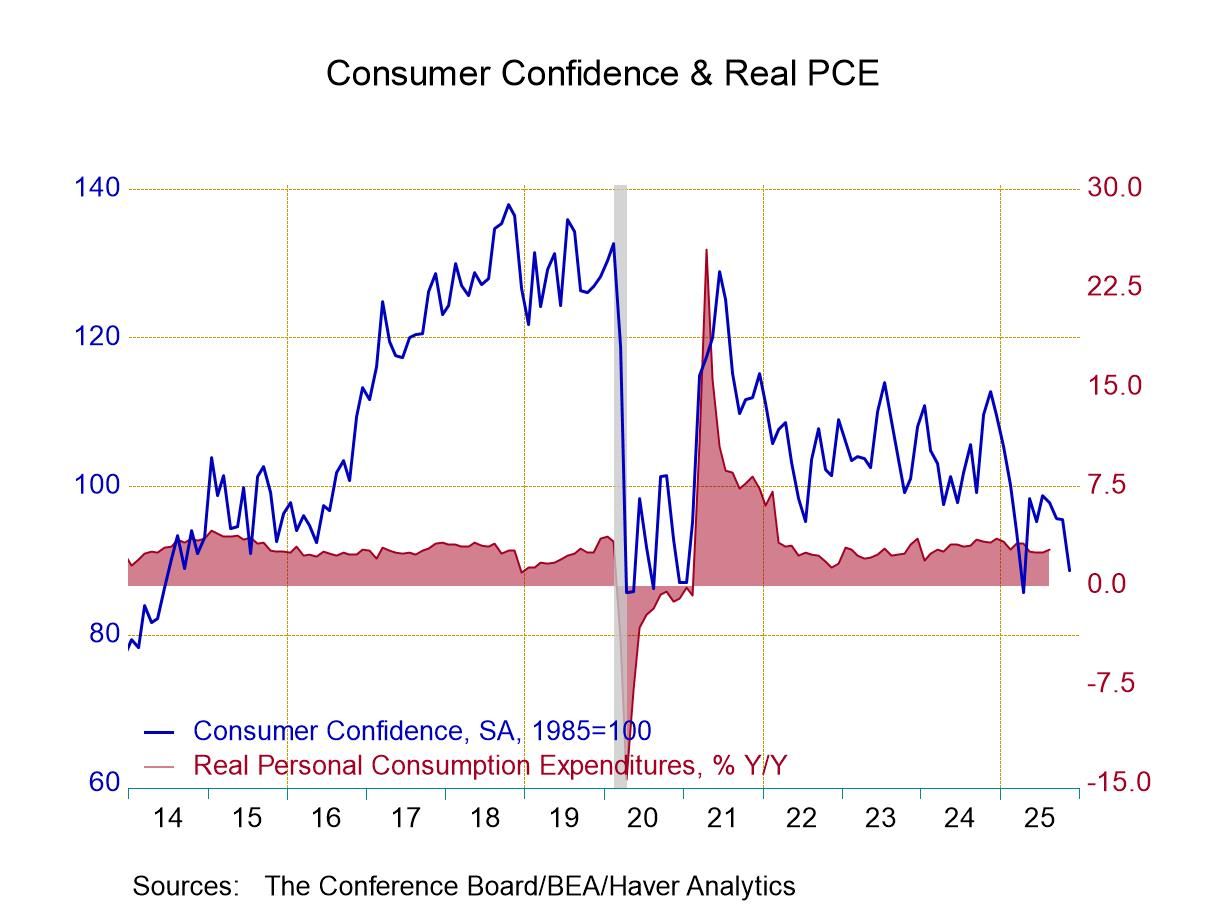 Global| Feb 15 2012
Global| Feb 15 2012Europe's Growth Divide and its Civil War
Summary
The reports on GDP are still dribbling in but the EMU growth rate for 2011-Q4 could have been worse. Of course for some EMU members the growth rates were worse. Greece is undergoing a horrendous period of growth and some think before [...]
 The reports on GDP are still dribbling in but the EMU growth rate for 2011-Q4 could have been worse.
Of course for some EMU members the growth rates were worse. Greece is undergoing a horrendous period of
growth and some think before it’s over it could challenge the degree of contraction the US underwent
in the Great Depression. Still, more austerity is on the table for Greece. I can only wonder what
future historians will think of us.
The reports on GDP are still dribbling in but the EMU growth rate for 2011-Q4 could have been worse.
Of course for some EMU members the growth rates were worse. Greece is undergoing a horrendous period of
growth and some think before it’s over it could challenge the degree of contraction the US underwent
in the Great Depression. Still, more austerity is on the table for Greece. I can only wonder what
future historians will think of us.
For EMU the quarterly decline was as expected. For Germany the decline was a tenth of a percentage point better than many expected on a quarterly growth rates. This is hair-splitting.
While the data are coming in slowly one feature that is clearly developing is the much more extreme state of weakness in the countries of the South than in the countries of the North. The main exception so far is The Netherlands, a Northern-bloc nation, where GDP is off at a -2.8% annualized rate in Q4. Of course, The Netherlands is a special case among Northern European economies. It is a hugely trade-dependent nation with many goods transshipped though its vast ports. Its own exports and imports do not begin to express the importance of world trade to this economy. As the global economy slows and as export and import flows slow The Netherlands is hit relatively harder than most in the North and elsewhere.
Regardless of a nation’s growth rate though, the table tells the same story. Nearly every single country is the table saw year-over-year growth slow in Q2 compared to Q1 and then saw Q3 slow compared to Q2 and then saw Q4 slow compared to Q3 in 2011. The sole exception to these trends was Finland’s growth pick up in 2011 Q3 to 2.7% from 1.9% in Q2, which slipped back to 1.9% in Q4. Other than that, all seven of these key countries and EMU itself are locked in a very clear ongoing slowdown.
Meanwhile, to repeat a too-much repeated point, there continues to be pressure for austerity in the countries of the South where growth clearly is the most challenged already. The countries of the North, whose economies are doing better, are not offering any assistance. There is in the case of Greece a debt forgiveness program but all this amounts to is marking securities to their true market value and then altering future interest rates as part of the deal. When I look at Europe as though it were a single Zone what is lacking is that the better-performing regions are essentially shunning their more poorly performing regions.
The danger from a tactic like this is that weakness gets worse and it spreads. This is especially possible because the bank loans to the South were mostly made in the banks of the North and that explains why bank-sponsored bail-out schemes are the most prominent remedy. The skin that the countries of the North mostly have in the game is their banking sectors and they are trying to protect it.
Europe’s growth remains challenged. Its approach remains nationalistic and insular. Still the ECB is involved and EMU continues to bargain with a country like Greece through a multi-sided entity called ‘the Troika.’ But in fact there are a lot of simple intra-European divisions at work here. The euro-Zone was not well constructed. It was not well managed and now no one wants to step up and take the blame. Blame and responsibility always only fall on debtors unless they default and drag the excessive lenders with them. The countries of the North are doing their best to keep that from happening. So keep your eye on the compass. What did US President Lincoln say about a house divided against itself?
| Euro-Area and Main G-10 Country GDP Results | |||||||
|---|---|---|---|---|---|---|---|
| Quarter over Quarter-SAAR | Year/Year | ||||||
| GDP | Q4-11 | Q3-11 | Q2-11 | Q4-11 | Q3-11 | Q2-11 | Q1-11 |
| EMU est | -1.2% | 0.5% | 0.6% | 0.8% | 1.3% | 1.6% | 2.4% |
| Finland-est | 2.8% | 3.6% | 0.2% | 1.9% | 2.7% | 1.9% | 4.9% |
| France | 0.9% | 1.3% | -0.3% | 1.4% | 1.5% | 1.6% | 2.2% |
| Germany | -0.7% | 2.3% | 1.1% | 2.0% | 2.7% | 2.9% | 4.6% |
| Italy | -2.9% | -0.7% | 1.2% | -0.5% | 0.3% | 0.8% | 1.0% |
| The Netherlands | -2.8% | -1.7% | 0.5% | -0.3% | 1.3% | 1.8% | 2.3% |
| Portugal | -5.1% | -2.3% | -0.8% | -2.6% | -1.7% | -1.0% | -0.5% |
| Spain | -1.2% | -0.2% | 0.7% | 0.3% | 0.7% | 0.8% | 0.9% |
| UK | -0.8% | 2.1% | 0.0% | 0.7% | 0.5% | 0.6% | 1.8% |
| US | 2.8% | 1.8% | 1.3% | 1.6% | 1.5% | 1.6% | 2.2% |
Robert Brusca
AuthorMore in Author Profile »Robert A. Brusca is Chief Economist of Fact and Opinion Economics, a consulting firm he founded in Manhattan. He has been an economist on Wall Street for over 25 years. He has visited central banking and large institutional clients in over 30 countries in his career as an economist. Mr. Brusca was a Divisional Research Chief at the Federal Reserve Bank of NY (Chief of the International Financial markets Division), a Fed Watcher at Irving Trust and Chief Economist at Nikko Securities International. He is widely quoted and appears in various media. Mr. Brusca holds an MA and Ph.D. in economics from Michigan State University and a BA in Economics from the University of Michigan. His research pursues his strong interests in non aligned policy economics as well as international economics. FAO Economics’ research targets investors to assist them in making better investment decisions in stocks, bonds and in a variety of international assets. The company does not manage money and has no conflicts in giving economic advice.






